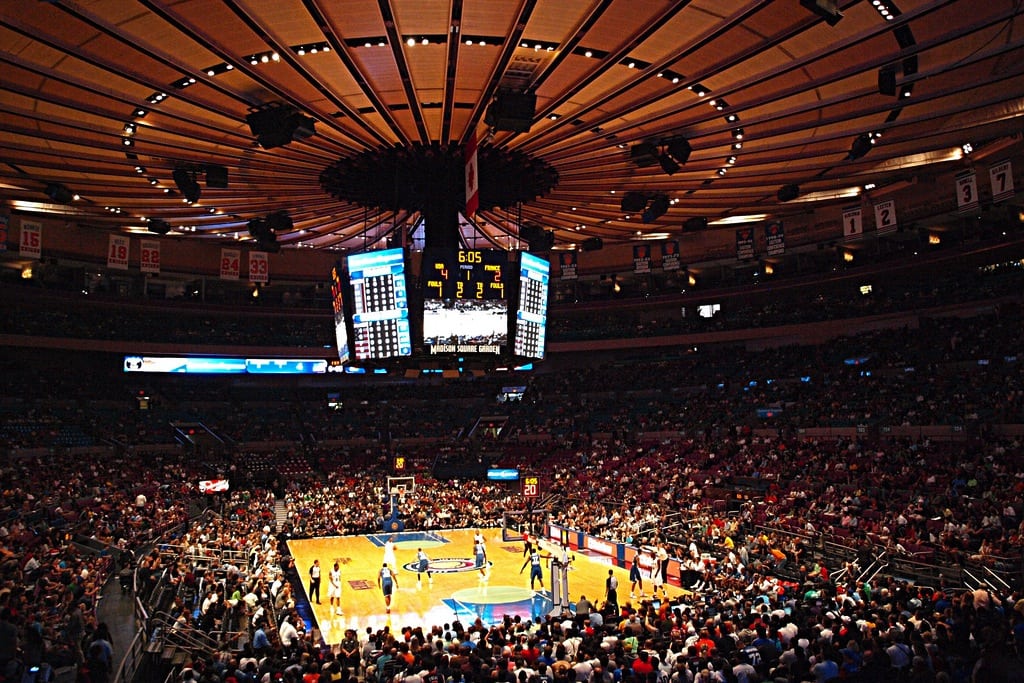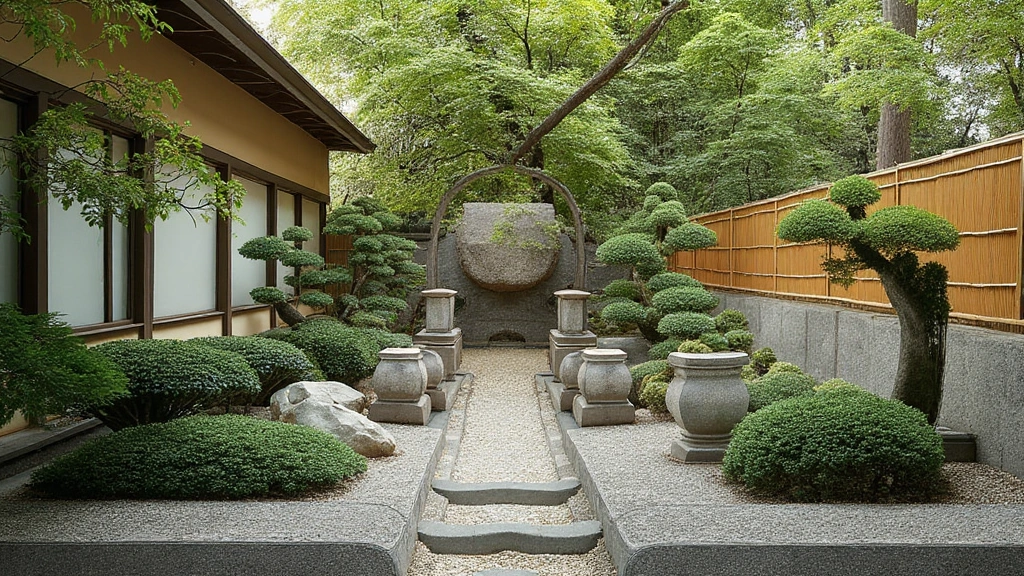MSG Capacity: How Many People Does Madison Square Garden Hold?
Ever wondered just how many roaring fans, screaming concert-goers, or captivated spectators can squeeze into the hallowed halls of Madison Square Garden? The answer, while seemingly straightforward, is a fascinating reflection of the arena's ingenious design and its ability to transform to suit a dizzying array of events.
Madison Square Garden (MSG), a name synonymous with world-class entertainment and sporting events, stands as a testament to New York City's vibrant culture and its enduring appeal as a global stage. But beyond the glitz and glamour, the thunderous applause, and the unforgettable performances, lies a fundamental question: How many people can this iconic venue actually hold? The answer, as you'll discover, is more nuanced than a simple number. It hinges on the specific event being hosted, the configuration of the arena, and a delicate balancing act between maximizing capacity and ensuring an optimal viewing experience for all in attendance.
Madison Square Garden, affectionately known as "The Garden," isn't just a building; it's an institution. A multi-purpose indoor arena in the heart of Manhattan, it's home to the New York Knicks (basketball) and the New York Rangers (hockey), and it hosts hundreds of concerts, boxing matches, wrestling events, and other spectacles each year. Its location, history, and sheer scale make it a truly remarkable place. The question of its capacity has intrigued many, so let's delve into specifics.
- Cash Kate Still Together Relationship Status In 2024 Updates
- Lion Kings Monkey Name Rafiki More Faqs Answered
The most common estimate you'll hear is that Madison Square Garden can hold approximately 20,000 people. This figure generally applies to concerts, where the floor space is utilized for standing room in addition to the seating tiers. Think of a rock concert with fans packed shoulder-to-shoulder near the stage, all the way up to the highest seats. This configuration allows for maximum occupancy, creating an electrifying atmosphere.
However, the seating capacity is not static. For basketball games, the arrangement is slightly different. While still substantial, the seating capacity for a Knicks game is around 19,812. This is because the basketball court takes up a significant portion of the floor space, and the layout prioritizes comfortable seating for all attendees. Similarly, for hockey games, the capacity is approximately 18,006, reflecting the dimensions of the ice rink and the need for unobstructed views of the action.
Boxing and MMA events often command a different setup. The ring is centrally located, and seating is arranged to provide optimal sightlines from all angles. In these configurations, Madison Square Garden can accommodate up to 20,789 spectators, showcasing the arena's adaptability to different sporting events. This demonstrates the venue's commitment to providing a premium experience tailored to the specific sport.
- Christine Lahti Films Awards More Latest News Updates
- Miley Cyrus Age How Old Is She Now Birthday Info
The versatility of Madison Square Garden is a key factor in its enduring success. The arena's management team constantly adjusts the seating arrangements to maximize capacity while ensuring safety and comfort. This involves careful consideration of factors such as the stage size for concerts, the layout of the playing surface for sporting events, and the placement of temporary seating.
The different seating levels, including the 100, 200, 300, and 400 levels, offer varied viewing experiences and price points. Lounges and suites provide premium experiences for those seeking a more luxurious setting. This tiered approach allows Madison Square Garden to cater to a diverse range of patrons, from die-hard fans to corporate clients.
Its important to remember that capacity figures are not always precise. Minor variations can occur depending on the specific event and the final configuration. The key takeaway is that Madison Square Garden consistently strives to accommodate as many people as possible while maintaining a high standard of quality and safety.
Historically, Madison Square Garden has undergone several transformations. The current iteration, opened in 1968, is actually the fourth building to bear the name. The first Madison Square Garden, located at Madison Avenue and 26th Street, served primarily as a venue for track cycling from 1879 to 1890. The second, built on the same site, hosted a wider variety of events but was eventually demolished in 1925. These earlier versions played a crucial role in shaping the Garden's legacy as a premier entertainment destination.
The evolution of Madison Square Garden reflects the changing demands of the entertainment industry. Each iteration has been designed to accommodate larger crowds, offer better amenities, and provide a more immersive experience. The current arena is a state-of-the-art facility that incorporates cutting-edge technology and design principles.
While the primary focus is on maximizing capacity, safety remains paramount. Madison Square Garden adheres to strict safety regulations and protocols to ensure the well-being of all attendees. This includes measures such as crowd control, security screening, and emergency preparedness. The safety of patrons is always a top priority.
It's worth noting that Madison Square Garden does not offer lockers, bag checks, or coat check services. This policy is in place to enhance security and streamline the entry process. Attendees are advised to leave unnecessary items at home or in their vehicles.
In addition to its impressive seating capacity, Madison Square Garden boasts a range of amenities, including upscale dining options and full bars. These features enhance the overall experience and make the arena a destination in its own right. Whether you're attending a concert, a sporting event, or a special performance, you're sure to find something to enjoy.
Madison Square Garden's location in the heart of New York City makes it easily accessible by public transportation. This is a significant advantage, as it allows attendees to avoid the hassle of driving and parking. The arena is well-served by subway lines and bus routes, making it a convenient destination for locals and tourists alike.
The impact of Madison Square Garden on New York City's cultural landscape is undeniable. It's a place where memories are made, dreams are realized, and history is written. From legendary concerts to unforgettable sporting moments, the Garden has played host to some of the most iconic events in history. Its enduring appeal is a testament to its ability to capture the imagination and inspire awe.
Consider this: Allowing a controversial figure to hold an event at MSG can spark intense debate, drawing parallels to historical events. It underscores the weight and responsibility that come with managing such a prominent and influential venue. The decisions made by MSG's management team have far-reaching consequences, shaping public perception and influencing the cultural narrative.
Exploring the factors that determine the seating capacity of Madison Square Garden (MSG) reveals a complex interplay of layout, regulations, and tradeoffs. Each decision, from the placement of seats to the design of the stage, is carefully considered to maximize the number of attendees while ensuring a safe and enjoyable experience.
Discovering how this iconic venue can accommodate over 20,000 spectators for various events is a testament to its engineering and design. The ability to transform from a basketball arena to a concert hall to a boxing ring is a remarkable feat of logistical planning and execution.
Renting New York Citys legendary venue, Madison Square Garden, is a dream for many event organizers. The prestige and recognition associated with MSG can elevate any event to a new level of success. However, the cost and complexity of renting the venue are significant considerations.
For events up to 19,500 people, Madison Square Garden remains a premier choice. Its central location, state-of-the-art facilities, and experienced staff make it an ideal venue for parties, corporate events, and more intimate gatherings. However, for larger events, other venues may be more suitable.
The sheer scale of Madison Square Garden makes it one of the largest indoor arenas in the world. This allows it to attract major events that would be impossible to host in smaller venues. Its size and reputation contribute to its status as a global landmark.
Not only is it large, but it also has a rich history and lots of things inside to enjoy like upscale dining options and a full bar. These amenities enhance the overall experience and make Madison Square Garden a destination in its own right.
Seating at MSG is available on floors 100, 200, 300, and 400 levels, with lounges and suites for premium experiences. This tiered approach allows Madison Square Garden to cater to a diverse range of patrons, from die-hard fans to corporate clients.
For more than 125 years there have been four different Madison Square Gardens in New York City. Each iteration has been designed to meet the changing needs of the entertainment industry and to provide a better experience for attendees.
Two venues called Madison Square Garden were located just northeast of the square, the original garden from 1879 to 1890, and the second garden from 1890 to 1925. These earlier versions played a crucial role in shaping the Garden's legacy as a premier entertainment destination.
The first, leased to P.T. Barnum, was demolished in 1890 because of a leaky roof and dangerous balconies that had collapsed, resulting in deaths. This highlights the importance of safety in the design and maintenance of large venues.
Madison Square Garden has undergone several renovations and changes since its opening in 1968. As a result, its capacity has varied over the years. These renovations reflect the ongoing effort to improve the facility and enhance the attendee experience.
The current configuration of the arena allows it to hold a maximum of approximately 20,000 people for basketball games and around 18,000 for hockey games. These figures are subject to change depending on the specific event and the seating configuration.
When exploring the question of how many people does Madison Square Garden hold, it is essential to delve into its historical significance to understand its capacity and impact on events. The Garden's history is intertwined with the history of New York City itself.
Here is the table you requested:
| Attribute | Details |
| Name | Madison Square Garden (MSG) |
| Location | New York City, Manhattan |
| Address | 4 Pennsylvania Plaza, New York, NY 10001 |
| Opening Date of Current Building | February 11, 1968 |
| Home Teams | New York Knicks (NBA), New York Rangers (NHL) |
| Concert Capacity | Approximately 20,000 |
| Basketball Capacity | Approximately 19,812 |
| Hockey Capacity | Approximately 18,006 |
| Boxing/MMA Capacity | Up to 20,789 |
| Levels of Seating | 100, 200, 300, 400 levels; Lounges and Suites available |
| Historical Significance | Four different Madison Square Gardens over 125 years, each evolving to meet entertainment needs. The current MSG opened in 1968. |
| Notable Events | NBA and NHL games, concerts by world-renowned artists, boxing championships, wrestling events. |
| Amenities | Upscale dining options, full bars, lounges, suites |
| Public Transportation Access | Easily accessible by subway and bus routes |
| Official Website | https://www.msg.com/ |
- Candace Owens Education Career What You Need To Know
- Maui In October Weather Activities Perfect Vacation Tips

How Many People Does Msg Hold Can Fit In Madison Square Garden Hompros

Exploring Madison Square Garden's Cap... AIGardenPlanner

Exploring Madison Square Garden's Cap... AIGardenPlanner